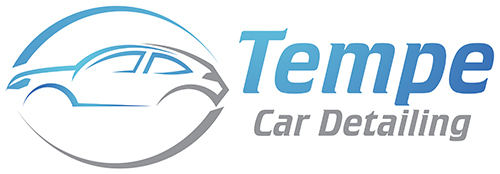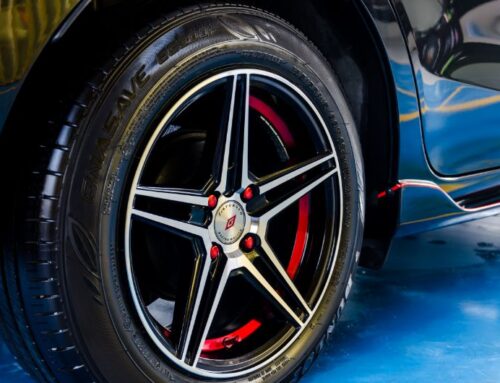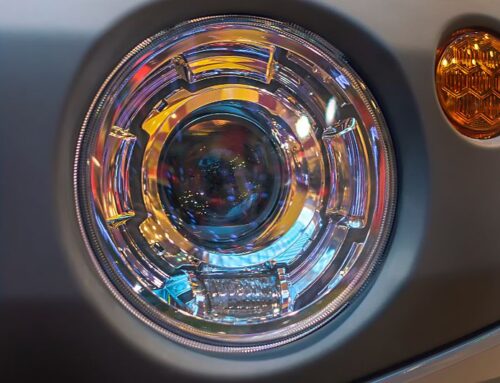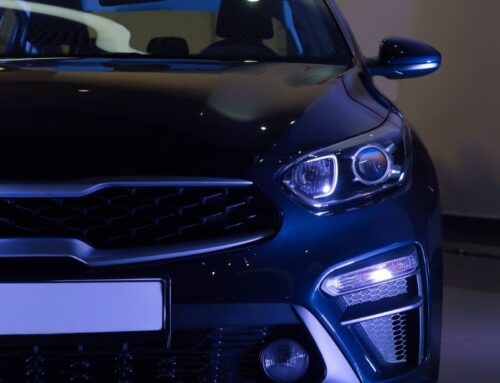If you have been considering pressure washing or jet washing your car, there are some things you should know before you get started. A jet wash will help you get a cleaner car faster, uses less water, and blasts tiny dust particles away from the surface. By comparison, a hose pipe will simply move around dirt.
Dos and don’ts of pressure washing
Pressure washing your car is a great way to keep your car clean, but it can also get very messy. Make sure that you wear comfortable clothes, and avoid wearing electronic gadgets as they may get wet. Here are some tips to avoid accidents and make the process as painless as possible.
The first step in pressure washing your car is to rinse it thoroughly. Always rinse with clean water before using a pressure washer. Otherwise, you risk scratching the paintwork. Use a rotary nozzle. Make sure to clean off the hose after every use.
Another important step is to make sure the detergent is diluted thoroughly. If you don’t, you will end up spraying a certain spot for too long, which could scratch it and cause dents. You should also try to avoid pressure washing the engine. You can spray off the paint if you do not do this.
Pressure washing your car requires special equipment and techniques. You must follow the proper procedures to prevent any damage to the paint. The first step is to park your car on a level surface with plenty of space around it. Once you have done this, use a decent hose. A hose with at least five metres of hose length is recommended. Then, rinse the paintwork from top to bottom. Make sure to work in even strokes. You should also wipe away loose dirt before shampooing it. Do not use sponges for this purpose, as they can cause swirl marks.
Another important tip to remember is to use the correct nozzle. If you are using a pressure washer, you must use a wide angle nozzle. This will help prevent the water from hitting the paint and will prevent damage.
Dos and don’ts of jet washing
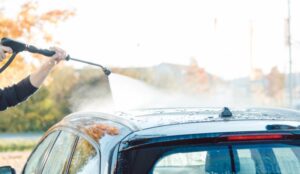 Jet washing your car is a great way to remove road grime, but a few things should be kept in mind to achieve the best results. For example, you should start from the top of the vehicle and work your way downward, as this prevents the soap from drying on the paint. Using an extendable wash mop will also help you reach high places. It’s also a good idea to dilute any detergents before using them. And don’t forget to spray frequently – about three to four times a day is a good rule of thumb.
Jet washing your car is a great way to remove road grime, but a few things should be kept in mind to achieve the best results. For example, you should start from the top of the vehicle and work your way downward, as this prevents the soap from drying on the paint. Using an extendable wash mop will also help you reach high places. It’s also a good idea to dilute any detergents before using them. And don’t forget to spray frequently – about three to four times a day is a good rule of thumb.
First, make sure you have the right nozzle for your vehicle. Jet washers vary in power and pressure. The higher the PSI, the more force the water will exert. This is not ideal for pressure washing a car engine, as it may push water into areas that are difficult to reach or even break seals. Using the correct nozzle will make a big difference – choose one with a wider spray nozzle for a cleaner engine.
First, use the correct detergent for your car. It’s best to use detergents that are designed for washing cars. You should also use foam cleaners if you have them. These will help get rid of stubborn dirt and stains.
Is it safe to pressure wash a car
Before you pressure wash a car, it’s important to understand the safety precautions involved. Make sure that you wear a pair of closed-toe shoes, use a detergent designed for cars, and inspect windows and doors for cracks. Also, you should keep the nozzle of the pressure washer at a safe distance from the car.
Pressure washers are a great way to get rid of mud, grime, and brake dust, but if you’re not careful, you’ll likely damage your car. A pressure washer may also strip your car’s paint, exposing bare metal underneath. That can lead to rust damage.
To avoid damaging the paint, be sure to rinse the car in advance. Always remember to use a clean brush that is free of debris. You should also wear closed-toe shoes when using a pressure washer, since the PSI can be high enough to strip skin. Additionally, the high-pressure stream can also cause gravel and pebbles to hit the car’s surface.
The safest pressure for washing a car is around 1200 PSI. However, if you’re washing a car with a higher PSI, it’s important to use the appropriate nozzle. A 25-degree or 40-degree nozzle will cover a larger surface area and decrease the chance of damaging the paint.
